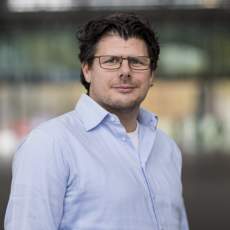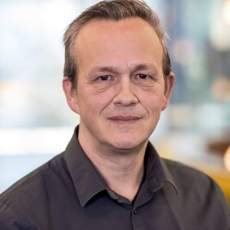Summary of the Project
This project has been developing an innovative educational module for the courses "Astrophysics" and "Optical Diagnostics". The core of the innovation involves providing students with a hands-on learning experience that integrates experimentation, numerical simulation, and theoretical study.
Students will have the opportunity to directly measure light spectra emitted by various plasmas. Using commercially available spectrum analysis software, they'll work with a custom-developed software package designed to translate the collected spectra into tangible characteristics of the plasma being studied.
The project adopts a unique coaching-based educational model. Teachers transition from the traditional role of content providers to coaches, facilitating an iterative process for students. Students will alternate between deepening their theoretical understanding, designing and conducting experiments, performing numerical modeling, and critically reflecting on their findings.
Aim of the Project
The primary goal of this project has been to enhance learning outcomes in astro- and plasma physics by providing a more engaging and in-depth understanding of these complex fields. The hands-on, iterative approach is expected to significantly boost students' intrinsic motivation and empower them to take active ownership of their learning process.
The project aimed to:
- Demonstrate how fundamental knowledge about plasma can be derived from spectral analysis.
- Highlight the synergy between experimental and numerical methods in scientific inquiry.
- Foster the development of reflective research skills in students, especially within an open-ended project environment.
- Develop students' experimental and numerical expertise.
Ultimately, this new approach has been designed to comprehensively prepare students for the complex research and development projects they will likely encounter in both research institutions and high-tech industry settings.
Results and learnings
Over three consecutive years, an educational module was created and developed that merges experimental and numerical characterization of radiation emitted by plasmas.
Content-wise the developed module consisted of two parts. Starting with a highly controlled plasma source, i.e. a gas discharge lamp, the students learned about the characteristics, operation and pitfalls of a commercially available optical emission spectrometer. At the same time, the students familiarized themselves with numerical simulation software by means of example cases for radiation generation and transport. During the second part of the module, the students went outside with a portable spectrometer and pointed its fiber to a very cool hot plasma: the sun. The obtained optical spectrum they then compared with simulations of the solar spectrum while they were asked to I) figure out why the measured and simulated spectra did not match, and II) how to tweak the physical model behind the simulations to more closely match the measured spectrum.
Especially during the second part of the module, students were coached to follow an iterative cyclic process of tweaking the model, comparing with measurements, searching literature for improvements to their model, and implementing those.
Feedback from students showed their appreciation of this educational setup, especially highlighting their realization that combining experiments and numerical simulations can mutually improve the outcome of each and can be catalytic to understanding complex physical processes. Also, student feedback indicated the student’s enhanced learning caused by the openness and iterative approach of the second part of the module.

